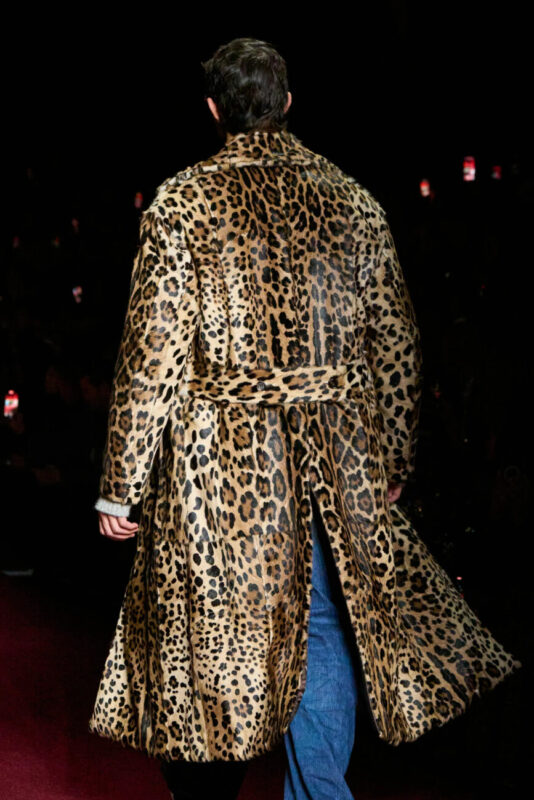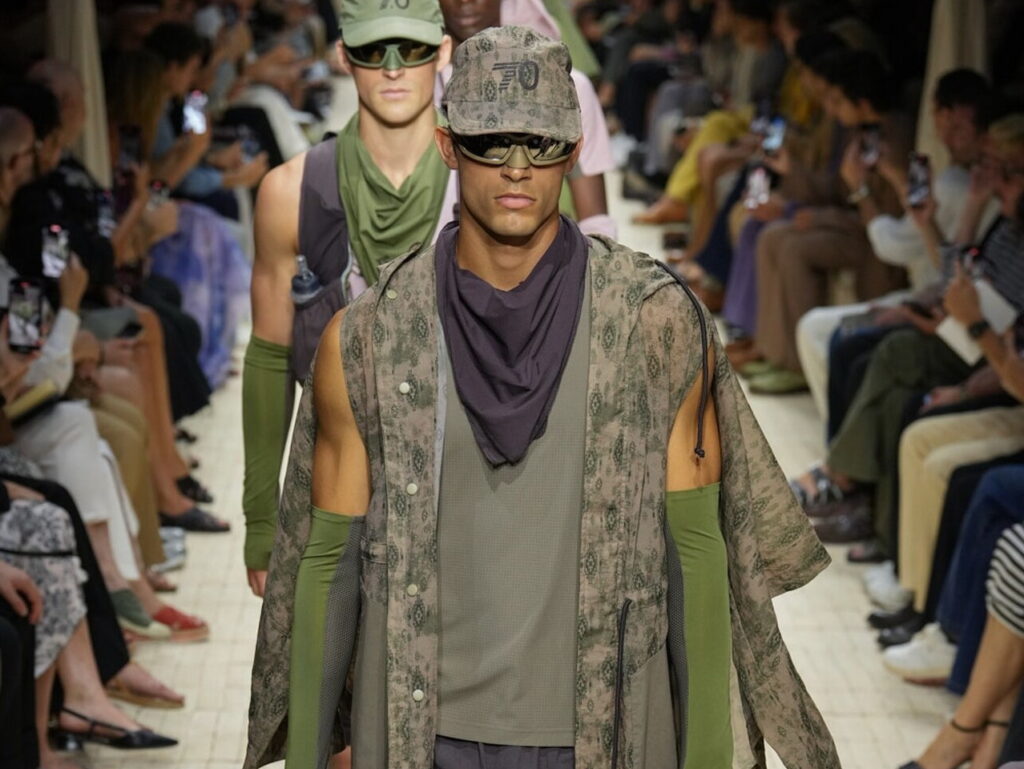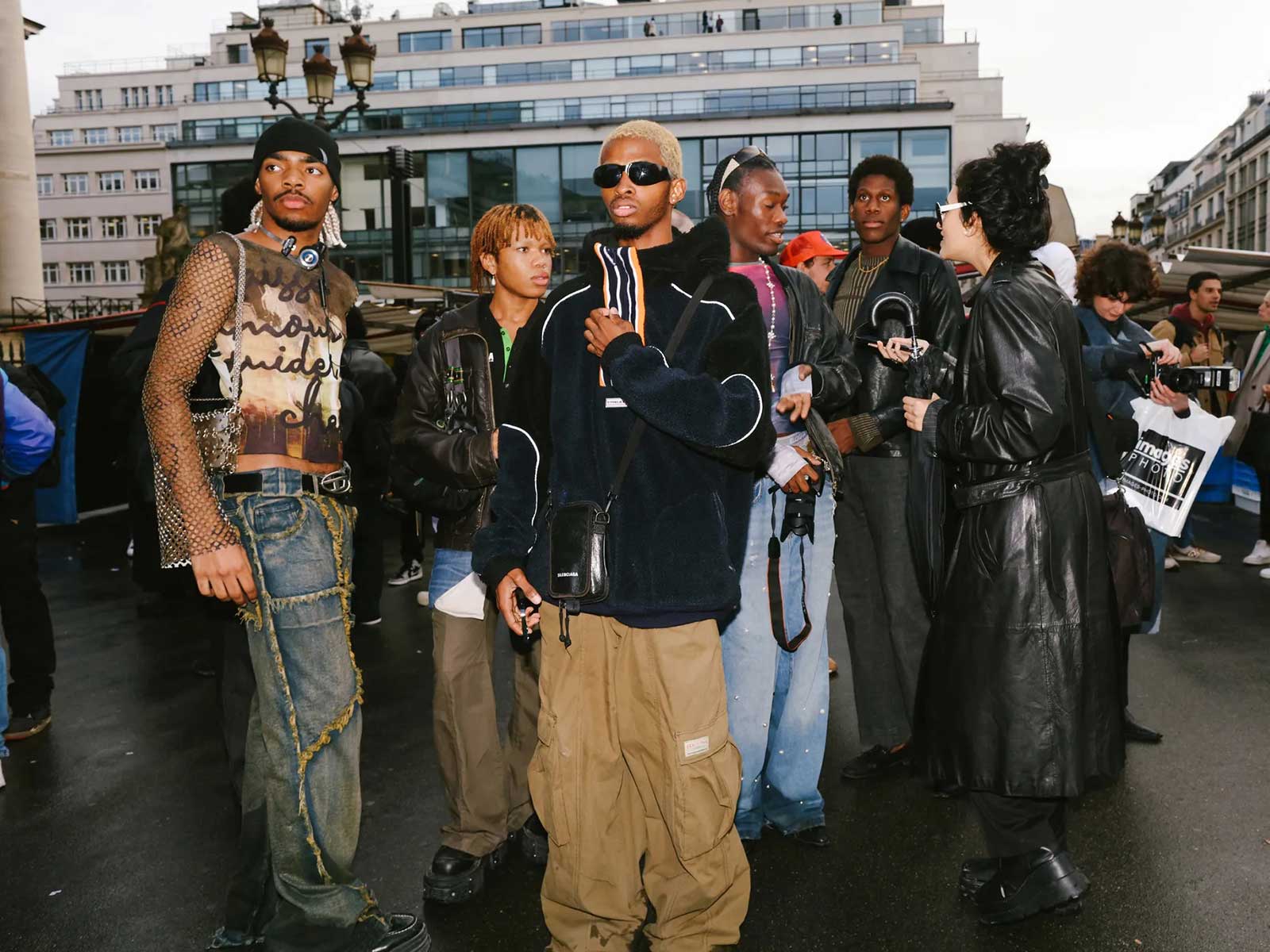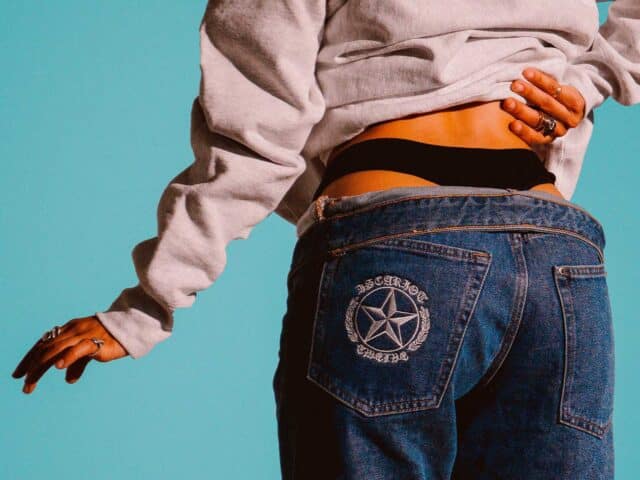The trend forecaster Lidewij Edelkoort has made it clear that fashion is moving away from streetwear. According to her predictions for Autumn/Winter 2026/27, the future lies in tailoring, traditional garments, and workwear as a new key category.
From the Modefabriek fair in Amsterdam, Edelkoort presented two concepts: Animalisms and Instincts. Based on these, she outlined a shift towards the conventional, the structured, and the functional.
1. End of streetwear: elegance gains ground
Edelkoort states that streetwear has disappeared “almost overnight”. Trainers give way to loafers; the hoodie to the shirt; the bomber jacket to the blazer.
The analyst highlights the rise of “modest” and basic garments. These include fine knit jumpers, pleated blouses, pearl necklaces. She insists that this aesthetic doesn’t have to be boring if combined with humour or well-executed tailoring.
In menswear, a renewed interest is noticeable. Fewer trousers, more bloomer-style shorts and proposals that redefine length. She gives the example of Dior Men’s white and pink shorts, which she describes as “desirable”.
2. Workwear consolidates as a category
Workwear stops being an inspiration and becomes an autonomous line. We will see matching jacket and trouser sets resembling uniforms, with durable fabrics, hidden zippers and structured silhouettes.
Edelkoort states that this trend fits especially well with the practical mindset of markets like the Dutch one. She refers to materials like wool, cotton and denim, with functional colours and a clean aesthetic.

3. Wool, leather and animal print
Wool will take a leading role. According to Edelkoort, it is a versatile material that is being revalued. Textures like mohair, alpaca, bouclé or shaggy fabrics stand out. Even the silhouette of the sheep inspires new volumes.
Animal prints are not going away. Leopard is becoming a classic, useful for accessories and hosiery. Reptile prints and natural-looking materials are also gaining presence, even in summer.

4. Grey is reactivated
Grey, which had lost ground to beige or brown tones, returns with strength. It will appear in straight-cut trousers, herringbone coats or knitwear. Also as a detail colour: in socks, gloves or visible underwear.
Edelkoort anticipates a palette of greys with green or blue undertones. She supports the mix of grey and brown, and normalises other combinations that were previously avoided, like black and navy blue.
5. Protection and functionality
Another key direction is protective clothing. Oversized, padded garments made from thick or technical fabrics. There are military, space and polar references. Coats are exaggerated and the jumpsuit gains prominence.
Materials are heavy, with several layers, waterproof or coated finishes. Colours reinforce this idea. Rusted metals, worn tones or visual effects that resemble armour.

In the end, less speed and more authenticity
Edelkoort emphasises that real trends take years to settle. She cites as an example a neutral colour palette inspired by Morocco that is still relevant today, or the return of low-rise jeans, which took 15 years.
She recommends not following microtrends dictated by platforms like TikTok. According to her, when a brand spots a digital trend, it’s already too late to adopt it.
The advice is clear: bet on what works, review bestsellers, improve basics, and maintain authenticity.
Sigue toda la información de HIGHXTAR desde Facebook, Twitter o Instagram
You may also like...

